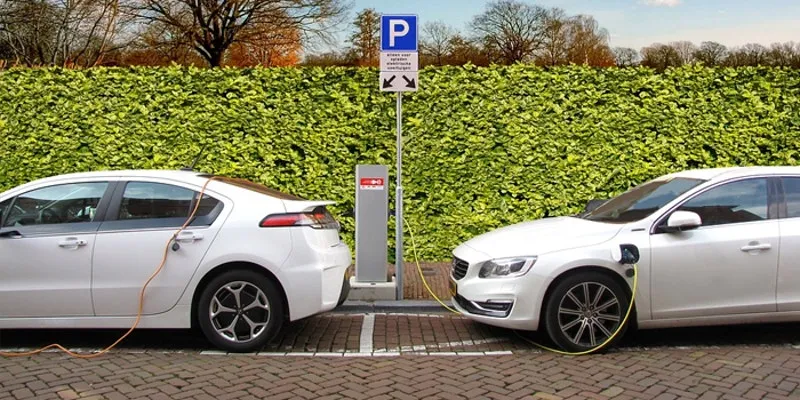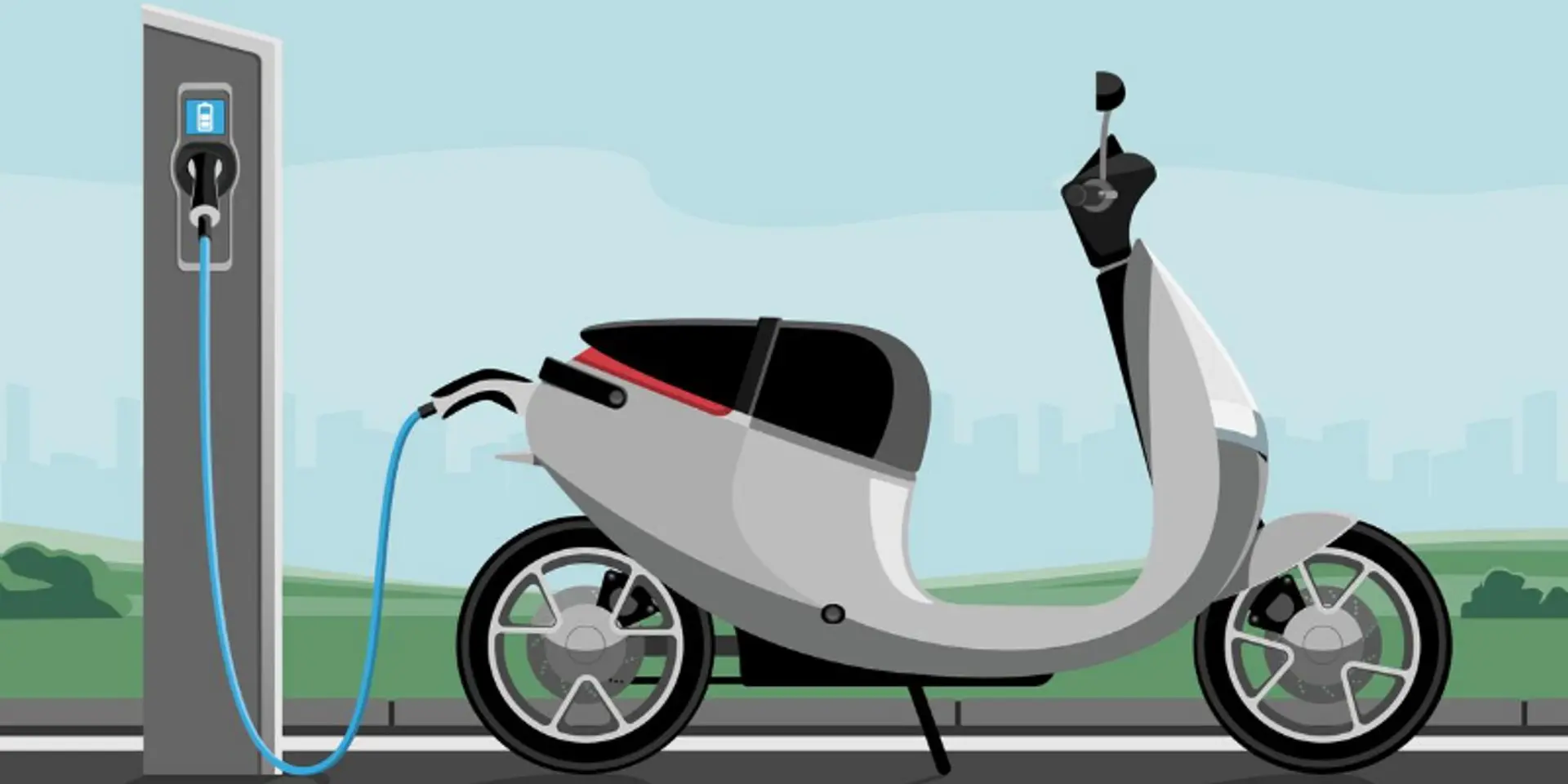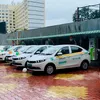Electric two-wheeler penetration may reach 25-35 pc in India by 2030, says report
Several factors, including the availability of charging infrastructure, robust financing ecosystem, reduced battery prices, and increased customer awareness, are paving the way for a new era of EV adoption in India.
Electric two-wheeler penetration in India is expected to reach 25-35 percent and that of e-three-wheelers at 65-75 percent by 2030 even as OEMs and central and state governments need to work collaboratively for an integrated policy and to create a conducive ecosystem for EV adoption in the country, a report said on Tuesday.
According to the report, Shifting Gears, the evolving electric vehicle landscapes in India, prepared by KPMG in association with CII, only a few state EV policies provide guidelines and incentives on battery recycling.
KPMG expects 25-35 percent two-wheeler penetration and 65-75 percent three-wheeler in India by 2030. Passenger vehicle (PV) electrification is expected to follow, with 10-15 percent penetration in the personal segment and 20-30 percent in the commercial one by 2030, the report said.
However, about 10-12 percent of the overall market for buses is expected to be electrified by 2030, it added.
"EVs are on course to fulfil their promise as a game-changer for the automobile industry. Two-wheeler and three-wheeler auto segments are likely to lead the adoption curve, followed by e-buses and passenger taxis," said Rohan Rao, Partner Industrials and Automotive, KPMG in India.
According to him, several factors, including the availability of charging infrastructure, robust financing ecosystem, reduced battery prices, and increased customer awareness, were paving the way for a new era of EV adoption.
The government is also pushing EV policy to address some of the adoption barriers, he said, adding that EVs were emerging as a disruptive force, with several players experimenting with and discovering new innovative business models and use cases.
Since the running cost of EVs is much lower than IC engine vehicles (one-tenth for two-wheelers and three-wheelers), a strong case emerged for a shift to EVs in the B2B segment, Rohan said.

Image Courtesy: Shutterstock
Ecosystem for EV adoption
Stating that the ecosystem creation is the key, Rohan said a widespread network of charging stations was vital for ensuring the fast adoption of EVs.
The local component ecosystem also needs to be established. The government has launched a phased manufacturing programme under FAME-II through which it is pushing the indigenisation of parts. It had also outlined plans to set up battery manufacturing plants in India, he said.
Overall, there seems to be great promise in India's EV story, as all the above factors come together to drive long-term growth, Rohan said.
The report said innovative business models such as battery swapping had emerged and would become mainstream to enable widespread EV adoption.
In line with Make in India initiatives and global supply-chain realignments, the government is strongly pushing the localisation of production to achieve the twin objectives of self-reliance and job creation, the report stated, emphasising on a coherent recycling policy.
Noting that the state EV policies could lay a greater focus on demand incentives that shall bring down the upfront cost differential, the report said they could have certain targets for the conversion of EVs, at a segment level or for a particular industry/use case.
Promote use of EVs
Setting up of adequate charging infrastructure is key to encourage users to consider EVs, the report said, adding that their use could be promoted with measures such as increasing road tax/registration fees on ICE vehicles, levying cess on the sale of petrol/diesel, surcharge on parking, and providing incentives on scrapping and deregistering of ICE vehicles.
The vehicle scrappage policy is expected to spur the adoption of EVs.
As more EVs enter the market, there was a need to formulate clear policies on sustainable end-of-life and disposal practices for the EV industry, the report said.
EVs are undoubtedly the way forward for sustainable mobility and are increasingly gaining traction across the world. In India, the charge is being led by the two and three-wheeler segments, followed by public transport and non-public passenger fleet.
"One of the biggest hurdles India currently faces is our limited ecosystem for EVs," said Jeffry Jacob, Partner, Management Consulting, Industrials and Automotive, KPMG in India.
Pointing out that a significant number of critical components still continue to be largely imported and the charging infrastructure is highly inadequate, he said the industry and government are proactively working to address these constraints and are taking steps in the right direction.
"With the right focus, collaborative approach by all stakeholders, and a pragmatic policy, we can help drive clean mobility and be on the forefront in transitioning to a fossil-free future," Jacob said.
Edited by Teja Lele









